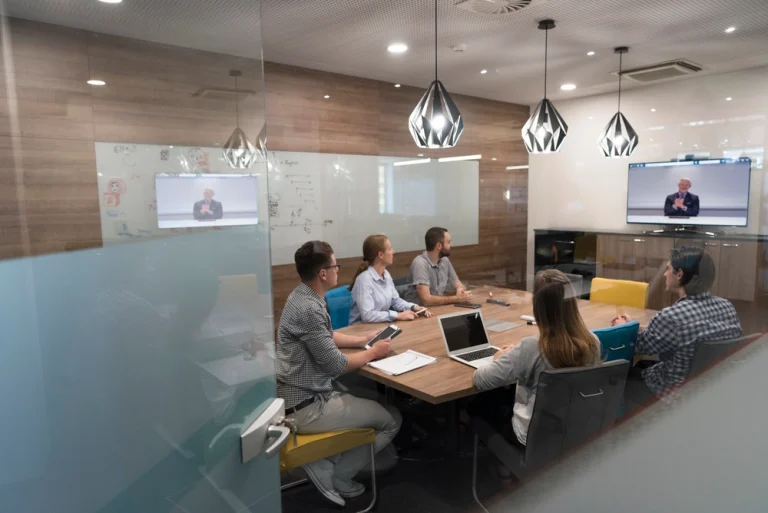The 10-Step LMS Implementation Plan for TaaS Organizations
Discover a comprehensive 10-step LMS implementation plan tailored for organizations selling training. Streamline your learning management system setup, ensure smooth integration, and enhance training efficiency with expert guidance.

January 5, 2025
Preparing for the rollout of a new learning management system (LMS) might seem a bit overwhelming without the right roadmap. If you want to make sure your team hits the ground running, it’s essential to have a solid plan in place for implementing the LMS.
An LMS implementation plan is a strategic process with its own set of considerations, challenges, and opportunities. But when done right, it sets up your new learning solution to smoothly blend into your organization’s setup. This, in turn, results in your clients and users easily jumping in and enjoying the newly upgraded system.
Below, we’ll walk you through the essential checkpoints of an LMS implementation tailored specifically for Training as a Service companies. So if you’re monetizing content, training partners, vendors, customers or others keep reading! This checklist serves as your practical guide to navigating a successful LMS implementation.
1. Create a Tailored Plan for Your LMS Implementation
2. Establish Effective Communication Channels
3. Infrastructure Setup
4. Envisioned Client Experience
Before you start the implementation process, you should have clearly outlined the requirements and envisioned experience. Requirements are used to map out clear user journeys. These serve as your go-to guides for this step because you want to ensure the features and functionality that are being developed for your LMS are in line with your requirements and ultimately the envisioned user experience.
If you’re teaming up with an external partner, it’s important to ensure that their chosen development methodology aligns well with your company’s needs and preferences. While agile methodology is commonly utilized for its adaptability and iterative approach, it’s crucial to acknowledge that other methodologies can also lead to successful projects.
Ask for case studies representing similar solutions. Each vertical has pitfalls you and your partner need to be aware of. Document these and have contingency plans for them before starting the build-out. Make sure both parties are working jointly toward the same goal and are comfortable with the risks.
5. eLearning Content
6. Data Migration
- Users: Do you want to convert data only from active users or both inactive and active? How do you distinguish between active and inactive users?
- Completions: How many years of completed content do you want to transfer over? Are you going to convert learning that is in progress or have learners start over?
- Compliance and Regulatory: Do any compliance rules mandate how long you need to hold onto data?
7. Integration Capabilities
8. Feedback Loops
9. Testing and QA
10. Testing and QA
How Can We Help You Find Your Best-Fit eLearning Technology?
Beyond the Code Newsletter
Where technology moves beyond the build—to real business impact.
Every month, we break down how integrations, automation, and real-time data flow can solve messy business problems and drive actual growth.



